This article by is part of the issue Touchpoint Vol. 12 No. 1 - Embracing change. Discover the full list of articles of this Touchpoint issue to get a sneak peek at more fascinating articles! Touchpoint is available to purchase in print and PDF format.
To get a hands-on learning experience and more detailed insight join the upcoming workshop with Tina.
Where are the barriers to implementing service design projects and where are the optimisation potentials? And are there any influencing factors that service designers should consider in future projects? Finding answers to these questions and better understanding the complex topic of implementation was the motivation behind a three-year international study. The results are 24 influencing factors and the ‘KUER’ implementation model.
Designing for impact means designing for implementation. Today, the focus of most service design projects is on the first phases – only around four percent1 of the methods applied in service design focus on implementation. It is therefore likely that service designers will need to expand their methodological knowledge and skills in order to be more successful in the future. Dealing with this complex issue requires the integration of new skills and approaches. Because the implementation of new concepts requires organisational and cultural changes for the client organisation, techniques from the areas of systemic organisational development and management consulting can be particularly valuable.
Study design and approach
Within the framework of a three-year qualitative study, implementation projects of complex service design concepts were examined at the intersection of external service design consulting and its clients (for-profit organisations). With the support of approximately 50 experts from the areas of service design practitioners (Hellon, Livework, Dark horse, IDEO, etc.), service providers (EON, BMW Group, Océ, etc.) and business and organisational consulting (Capgemini, Etventure, OSB-I, etc.), explorative interviews and workshops were conducted to identify influencing factors, frequent barriers and future potentials. The many factors found were reduced to a set of 24 and examined for their interrelationships by using sensitivity analysis, an effective system analysis tool designed by systems researcher Frederic Vester2. Sensitivity analysis recognises that client organisations are not only embedded in complex environments, but are themselves complex socio-technical systems. There is broad scientific agreement that due to the complexity of organisations, the consideration of system relationships provides essential insights and perspectives for successful change initiatives. Through a systemic approach3, many of the obstacles occurring in service design projects could be explained. Also 12 general lessons can be derived for practical use.




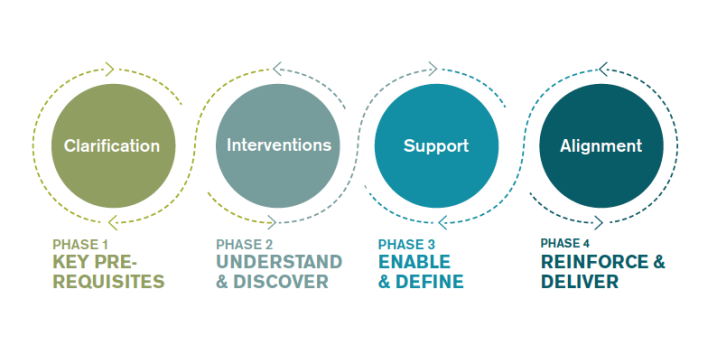
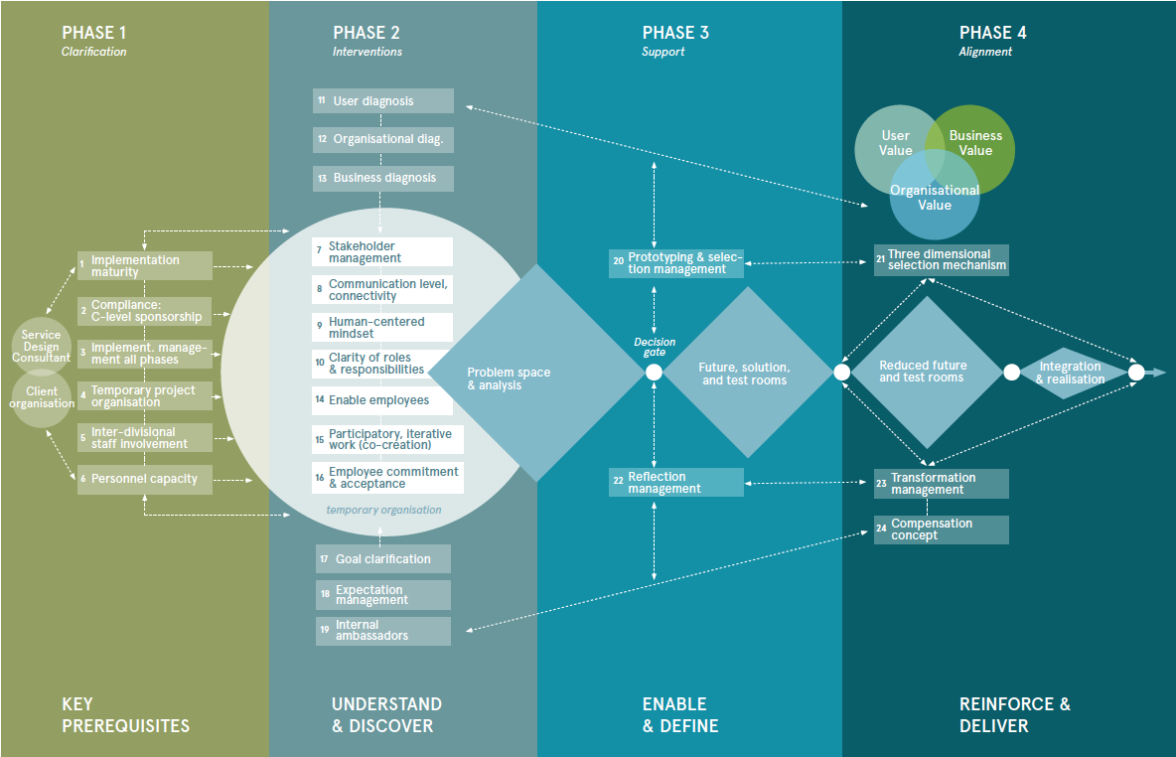
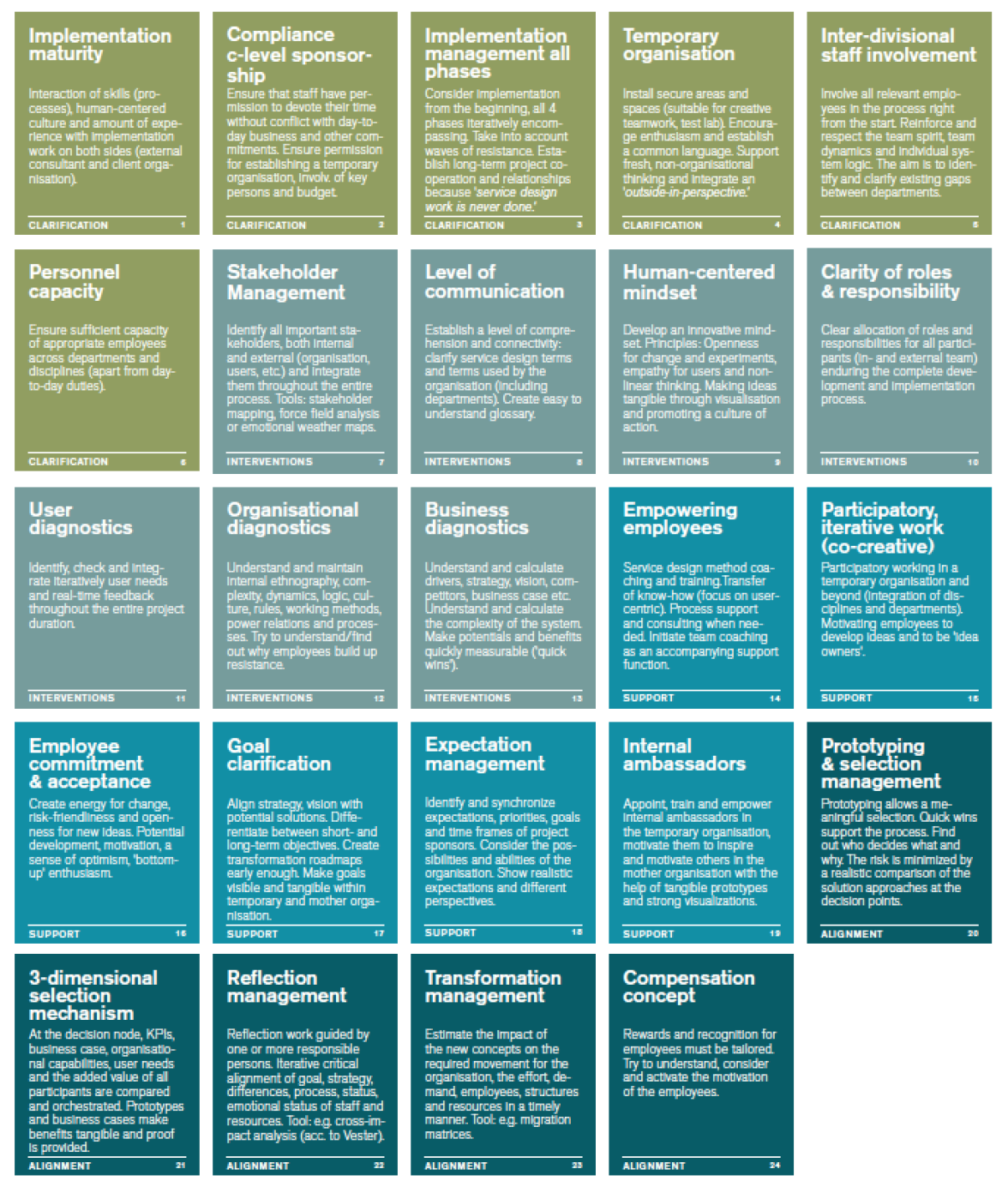
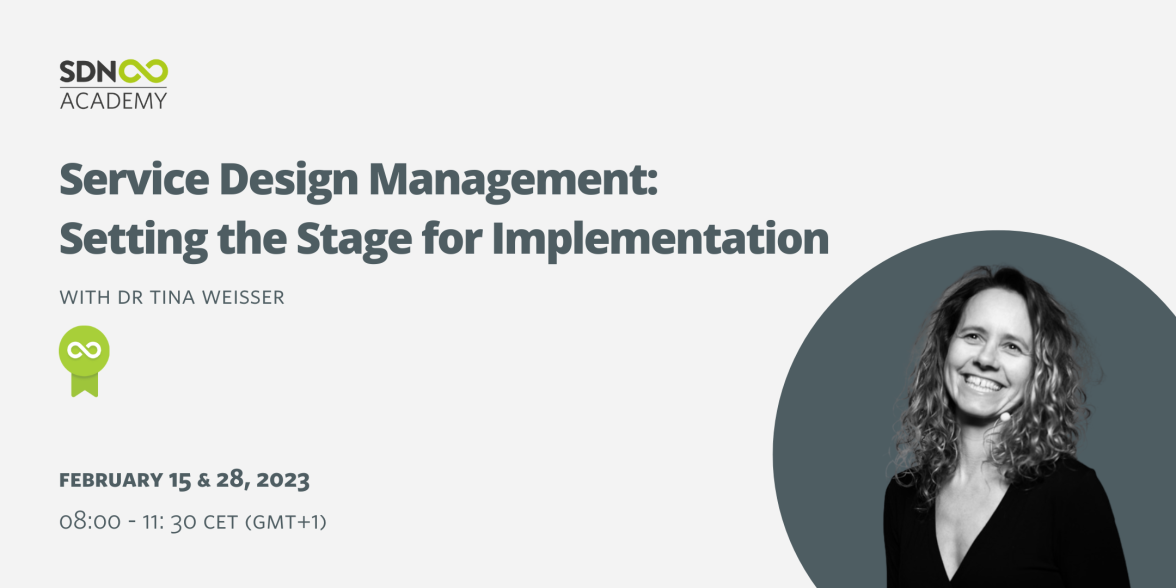
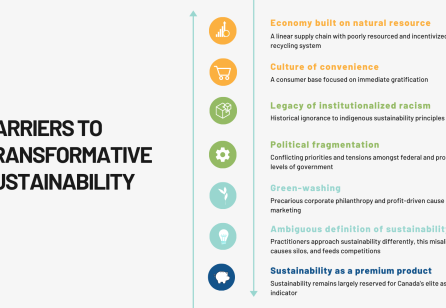

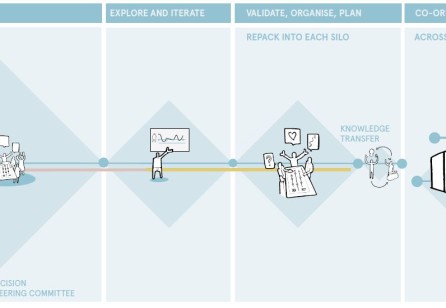
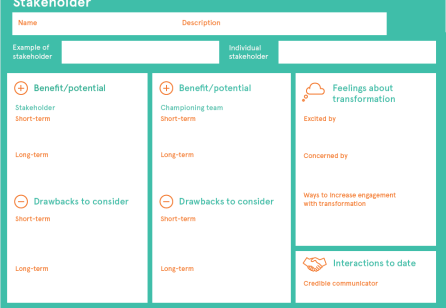

Share your thoughts
0 RepliesPlease login to comment